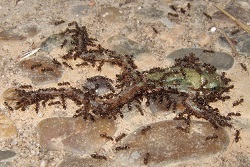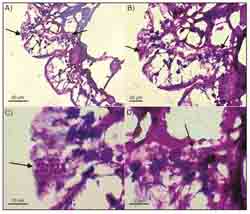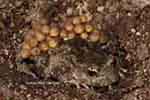
Welcome
Welcome to the official website of the Doñana Biological Station (EBD-CSIC)...

The Doñana Biological Station: EBD-CSIC
The Doñana Biological Station is a public Research Institute belonging to the Spanish Council for Scientific Research CSIC in the area of Natural Resources...

Mission
Our fundamental mission is to carry out multidisciplinary research of the highest standard directed to understanding the way in which biodiversity is generated, maintained and deteriorates, as well as the consequences of its loss...

Our methods
We apply many techniques within a multidisciplinary framework, from molecular genetics to remote sensing, and from modelling to physiological and isotopic analyses...

Monitoring the environment
Monitoring biodiversity at the Doñana Natural Space cover a wide range of communities, including both terrestrial and aquatic organisms...

Aims
Our aims include the study of the ecological and evolutionary processes by combining field work, mathematical and statistical models and physiological and genetic analysis...
 Outstanding
Outstanding
-
 Most frogs do not have life cycles with aquatic eggs and larvae
Most frogs do not have life cycles with aquatic eggs and larvae -
 A good winter for amphibians in Doñana
A good winter for amphibians in Doñana -
 High potential of Argentine ant to harm amphibian juveniles
High potential of Argentine ant to harm amphibian juveniles -
 The invasive red swamp crayfish increases infection of the amphibian chytrid fungus
The invasive red swamp crayfish increases infection of the amphibian chytrid fungus -
 Iberian amphibians occupy higher mountain areas compared to the last century
Iberian amphibians occupy higher mountain areas compared to the last century
 News
News
Content with tag amphibians .
 Most frogs do not have life cycles with aquatic eggs and larvae
Most frogs do not have life cycles with aquatic eggs and larvae
This study concluded that most species reproduce by alternative modes to ancestral aquatic reproduction. The evolution of terrestrial reproduction did not occur sequentially.





